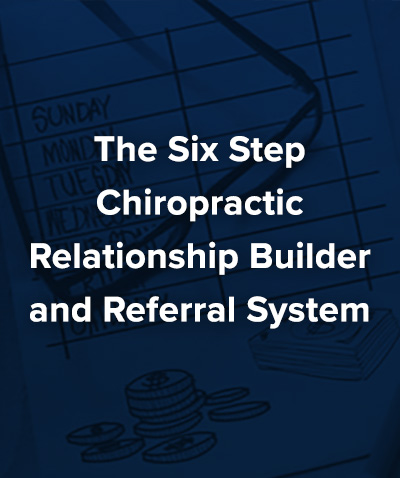By: Trey Ryder
Powerful Marketing Tool Replaces Printed Newsletters
Thanks to email, you can now write and distribute a weekly Law Alert without buying a single postage stamp or sacrificing even one tree. What’s more, you can email your Alert to prospects and clients anywhere in the world in minutes.
Here’s how to design and promote an email Law Alert that attracts new clients and referrals.
Purpose: Email Alerts are secondary marketing documents. You should deliver your primary marketing message through your information packet, brochure, seminar and website. Then your Alert should support your message by highlighting and reinforcing the most important points. As a result, your Alert does not need to contain your entire message. Still, your Alert’s contents should be well planned so within a certain period — for example, six months — you have delivered your full message. In addition, your Alert should clearly state various offers and create urgency so your prospects act sooner rather than later.
Frequency: The frequency at which you send your Alert is more important than the amount of information you deliver. I suggest you send your Alert at least monthly. More often is better. I send my Lawyer Marketing Alert (almost) every week.
Format: Send your Alert within the email document itself. When you involve attachments, you soon discover that some recipients can’t open them. Plus, your email takes longer to send. But when you send your Alert completely inside an email, you make the process easy.
Masthead: This is the area at the top of your Alert that identifies your document. Design your masthead to seize your reader’s attention so he can’t stop reading. To attract attention, your masthead might include a descriptive title, a descriptive subtitle, topics in this issue, your name and phone number, your reason for publishing it, and the date and copyright notice. Here’s a sample masthead for a business lawyer:
Content: In a weekly Alert, focus on one or two subjects. If neither subject interests some readers, they will receive another Alert in just seven days. In a monthly Alert, include news items and short articles on at least three or four subjects. This way you help ensure that every recipient finds something of interest.
The more readers profit from your Alert, the more likely they are to forward copies to their friends and colleagues, who may request their own subscriptions. Also, make clear to your readers that you provide services that prevent, mitigate or solve the problems you discuss.
Question/Answer Section: Include a commonly asked question with your answer. One question and answer are enough. If you have room, include more. Invite readers to ask questions for future issues.
Seminar Schedule: Feature the title, time, date and place of upcoming seminars. Include a list of teasers that relate to your program’s content. “At this fact-filled program, you’ll discover how to (subject), three ways to avoid (subject), why you should never (subject), seven steps to (subject), and more.” Teasers that promise specific information dramatically increase attendance, so write and use as many as you can.
Biography: Include details about your education, qualifications, certifications, professional memberships, and courts to which you’re admitted. You can include charitable and civic activities, too. Even hobbies, if you like. The more prospects know about you, the more comfortable they feel.
Services: Make sure your prospects and referral sources know the services you offer. If you provide only a general description and hope your prospects will fill in the blanks, you’ll be disappointed. Prospects check your list to see if you provide the service they need. If you don’t include a specific list, prospects could easily conclude that you don’t perform that type of work. The services you list directly affect the services prospects and clients request.
Offers: The more offers you make, the more likely you are to attract new inquiries and referrals. Consider these: Offer educational articles (listed by specific title) that you will send by email. Offer an initial telephone consultation without charge. Offer to add names of readers’ friends and colleagues to your email list. Offer to answer a question submitted to you by email. Offer to answer prospects’ questions in your Q&A column. Offer to speak to groups that include your prospects.
Add/Remove: Include simple instructions for new readers who want to subscribe and for those who want off your list.
About the Author:
|
|
|
|
|
|
About the Author:
David M. Ward is an attorney and marketing consultant to attorneys. His website is The Attorney Marketing Center where he offers a free newsletter about marketing, productivity, and personal development.
You can learn more at http://attorneymarketing.
|
|











